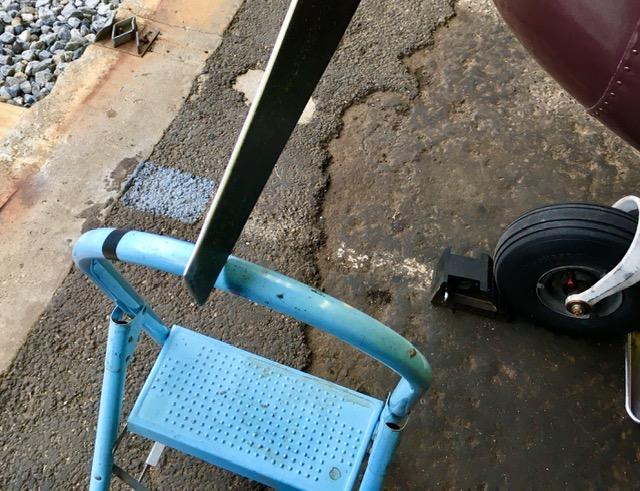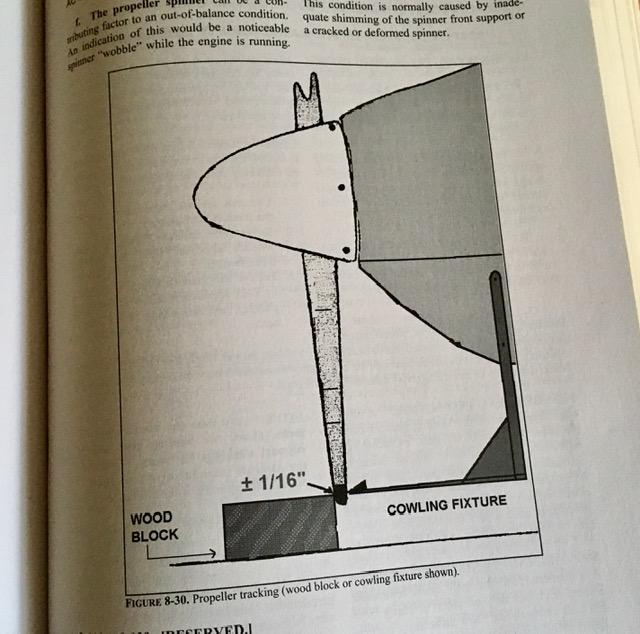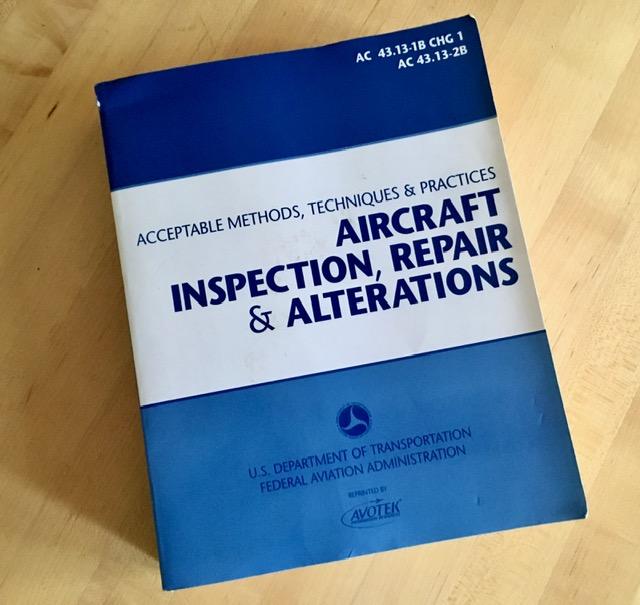Gone Flyin
Pre-takeoff checklist
- Joined
- Nov 30, 2020
- Messages
- 120
- Display Name
Display name:
Gone Flyin
When was the last time you dressed your prop?
Your AP/IA is supposed to do it on every annual. None of mine ever has.... what about yours?
Be that as it may, I do my own.
According to the POH for my Cessna 150 "small nicks in the leading edge of the propeller can cause stress cracks and should be dressed out as soon as possible".
I set my prop on a small ladder so it will not move as I work on it. Then, I look/feel for any defects on the leading, the top edge on each side. The safest way to dress them out is to use Scotch-Brite pads. They make them from 60 grit all the way down to 1500 grit.

I use their Greener Clean pads (#6448) 600 grit made from plant materials. They will not take off much metal but will clean up any corrosion and chipping paint. With the prop supported, it's easy for me to run the pads up and down the top edge and get a smooth finish.
I follow this up with a good wiping using Stoddard Solvent and then I apply a paste wax.
Another inspection our AP/IA is supposed to do is a tracking test on the prop. Ever seen yours do that?

This makes sure both sides of the prop are rotating in the same plane. A simple test that is critical to the health of your prop... and to you.
This book is a must-have for us GA plane owners. Get one for yourself. Mine is from 1998 but so what. My plane is from 1975. Cost me $3 on Ebay.

We need to know what our mechanics are supposed to be doing... and are not... to our planes.
Your AP/IA is supposed to do it on every annual. None of mine ever has.... what about yours?
Be that as it may, I do my own.
According to the POH for my Cessna 150 "small nicks in the leading edge of the propeller can cause stress cracks and should be dressed out as soon as possible".
I set my prop on a small ladder so it will not move as I work on it. Then, I look/feel for any defects on the leading, the top edge on each side. The safest way to dress them out is to use Scotch-Brite pads. They make them from 60 grit all the way down to 1500 grit.

I use their Greener Clean pads (#6448) 600 grit made from plant materials. They will not take off much metal but will clean up any corrosion and chipping paint. With the prop supported, it's easy for me to run the pads up and down the top edge and get a smooth finish.
I follow this up with a good wiping using Stoddard Solvent and then I apply a paste wax.
Another inspection our AP/IA is supposed to do is a tracking test on the prop. Ever seen yours do that?

This makes sure both sides of the prop are rotating in the same plane. A simple test that is critical to the health of your prop... and to you.
This book is a must-have for us GA plane owners. Get one for yourself. Mine is from 1998 but so what. My plane is from 1975. Cost me $3 on Ebay.

We need to know what our mechanics are supposed to be doing... and are not... to our planes.

